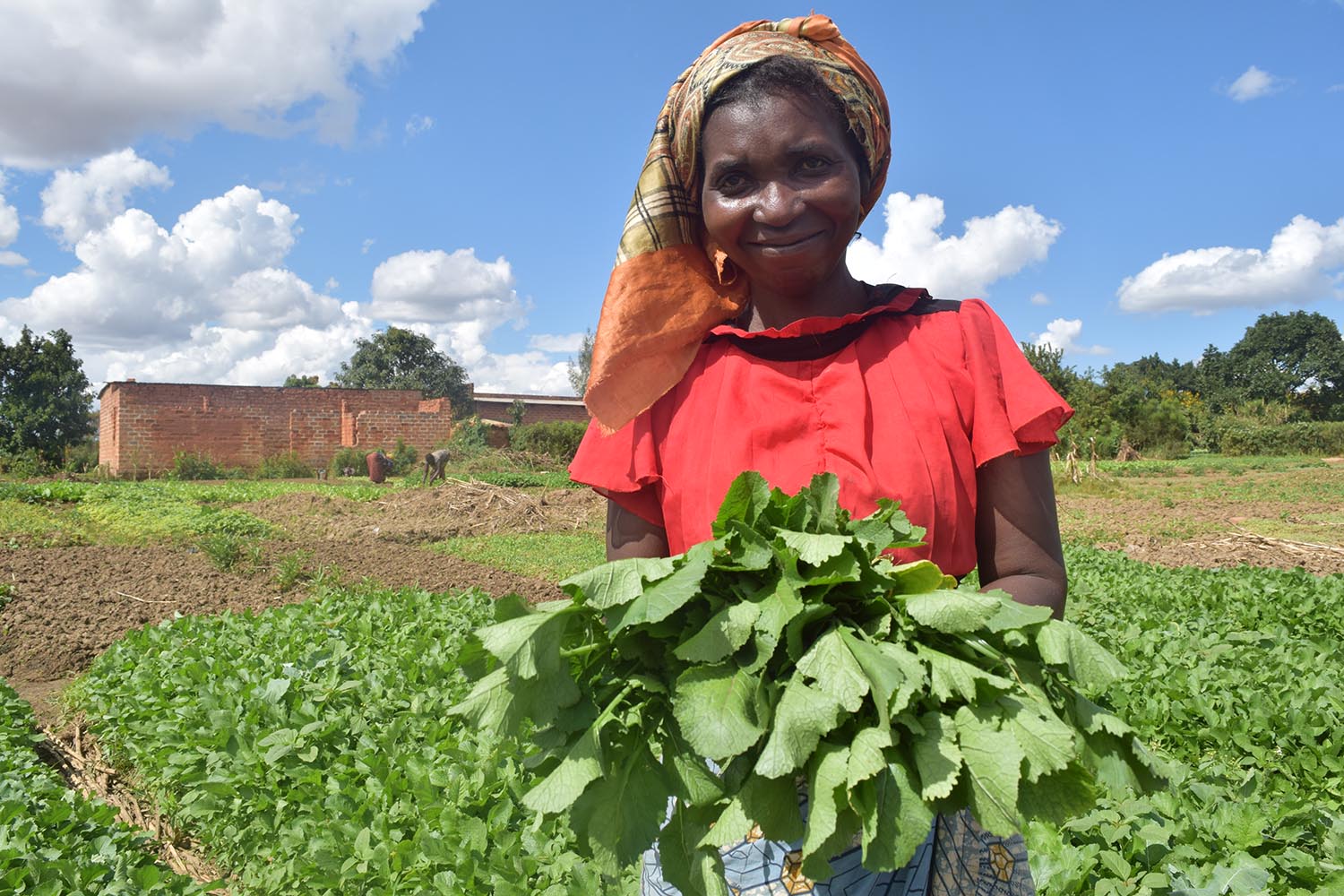Livelihood and Resilience
Our Goal:
We believe that all children are gifts from God and should be cared for, protected and empowered to participate in the direction of their lives. We are working towards this by:
- Increasing families’ financial incomes and, as a result, their abilities to provide for their children’s needs
- Empowering communities to cope with and recover from disasters
What is the problem?
- The Democratic Republic of Congo (DRC) continues to experience high levels of insecurity which causes displacement of families and, as a result, reduced access to agricultural lands and markets.
- 13.1 million people are in urgent need of humanitarian assistance (OCHA)
- Recent conflicts, especially in Kasais, North and South Kivu, Ituri and Tanganyika have forced at least 4.5 million people from their homes. (WFP)
- 70% of the population lacks access to adequate food, and 7.7 million people are food insecure
- 1 in 4 children are malnourished, and 2.2 million at risk of dying from severe acute malnutrition
- The national food production is currently 30-40% below the national level of consumption, forcing families to depend on more expensive, imported food options
- 97% of families are dependent on agriculture for their income
How is World Vision addressing the issues?
The food security challenges in DRC are complex. To address them, World Vision is working through a two-fold response: long-term development efforts and providing humanitarian aid.
- In the long-term, we are supporting families to improve their crop production through improved methods and animal husbandry, addressing issues with access to market and providing microfinance and training support to help families grow and diversify their sources of income
- In the short-term: We are providing families with food and non-food items
Is what World Vision doing working?
Yes! Although challenges remain, we have seen more families increase and diversify their income streams strengthening their ability to provide for their children’s needs and cope with situations that are out of their control, like the weather.
What’s the impact?
- 6,231 farmers received training to help them sell their crops
- 5,636 farmers received agricultural training to improve their harvests
- 8,570 farmers were supported with farming implements (seeds, tools, fertilizers, etc…) to help improve their harvests.
- 9,396 people completed a business-related training course.
- 80 former child soldiers were provided with income-generating training such as sewing or carpentry, enabling them to start a new chapter in their lives.
- Over 450,000 have been reached in the crisis-affected Kasais region in the centre of the country, since August 2017, with life-saving food and cash assistance.
Related Resources:
- See how agricultural training and improved gardening techniques improved one family's livelihood and restored their dignity and hope for the future.
- See how a local savings group is providing hope and a brighter future for Brigitte and her family.
